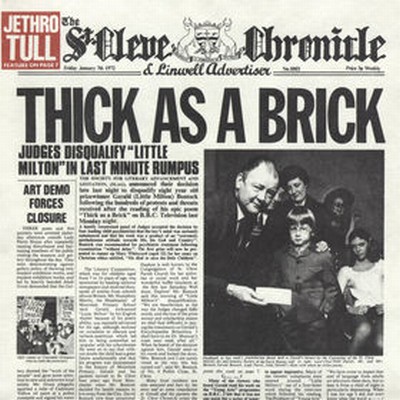More of the Music of Stephen Stills
Reviews and commentaries for Stephen Stills’ debut
One of our good customers wrote us a letter recently about his Stephen Stills Hot Stamper pressing.
You can read his first letter here.
About a week later he followed up with this one. It seems he fell in love with it. That can happen when you play a good sounding copy after nearing nothing but junk your whole life.
Hi Tom,
That NWHS [more here] of Stills’ first is EPIC! It is now in my top ten desert island discs.
I no longer have words… it’s just f**king epic. Obviously, I had no idea… not a clue.
After closed eyes listening to the last song on side 1, I was like WTF, that was really really intense… vocals… guitars.
So when it was done I looked at the back of the cover to see what was what… aha… Clapton!
It has been a long time since I’ve connected with whatever it was that I connected with on this LP.
What a gift. Simply outrageous sound!
Take Care,
Michel
Michel,
You and I both know that the connection you speak of is the only one that matters when listening to music.
That Stills record is definitely going to my desert island too. I bought mine in 1970 and I listen to it to this very day.
I’ve written a fair amount about the album. Used to use it as a test disc, something I have not discussed on this blog because there are not enough hours in the day to talk about all the records I have used as test discs. But this album make a great test disc if you’ve got big speakers and like to play them good and loud.
Here is an excerpt from an older commentary discussing Bill Halverson‘s superb engineering.
We Can’t Get Enough Of This Stuff
Some of the most sought after records in the world, as well as the most difficult to find with top quality sound, are those involving the various groupings of Crosby, Stills, Nash and Young.
This album is no exception. It’s Stills’ masterpiece, a record I’ve been playing since I was in high school. The sound on the LPs I bought over the years has been pretty consistently disappointing. It’s refreshing to actually find a copy like this that lets you hear the album the way you remember it.
There’s a very good chance — bordering on a certainty — that the copy you played back then was no doubt just as poor sounding, but you remember it sounding good.
That, more than anything else, is why we audiophiles keep chasing after so many classic albums from our younger days. We’re trying to find the record that can give us the musical satisfaction now that we achieved so easily then.
Stephen Stills’ Debut Checks Off Some Big Boxes for Us
-
- It’s a Must Own record.
- It’s a Rock and Pop masterpiece.
- It’s a personal favorite of mine.
- And it’s a record I have been obsessed with for a very long time, since it came out as a matter of fact.
The blog you are on now as well as our website are both devoted to very special records such as these.
Thanks for writing,
Best, TP
Further Reading
- More Hot Stamper testimonial letters
- More Demo Discs for big speakers that play at loud levels
- Some customers find their Hot Stamper pressings are a revelation






 I used to think these Heifetz records were a bit crude, but now I realize I just couldn’t play them right back in those days.
I used to think these Heifetz records were a bit crude, but now I realize I just couldn’t play them right back in those days.





 Allow us to lay out the specifics of our complaints:
Allow us to lay out the specifics of our complaints:

